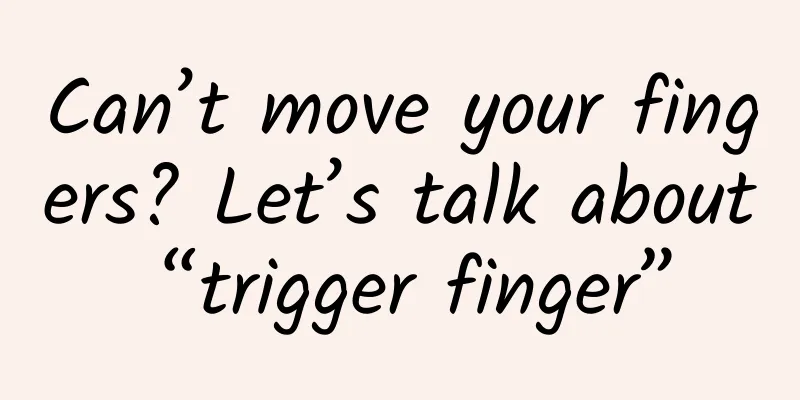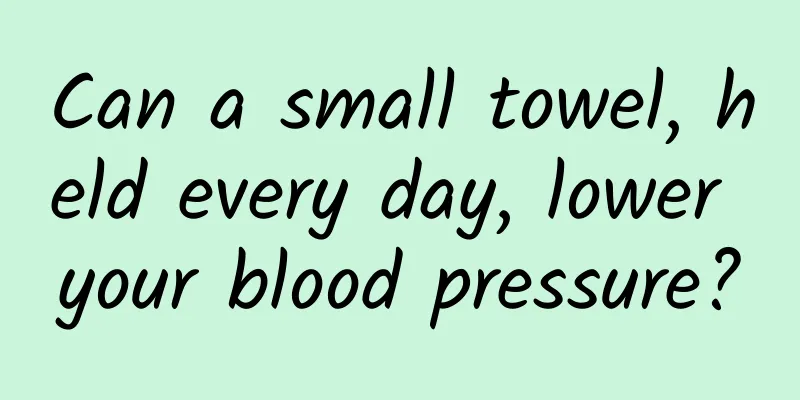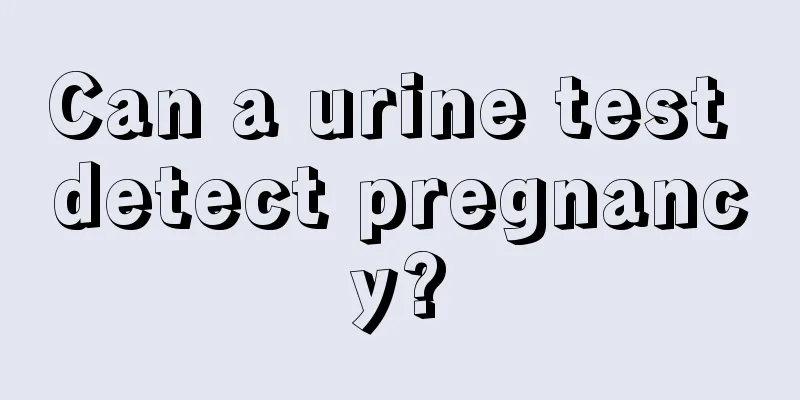Can’t move your fingers? Let’s talk about “trigger finger”

|
1. What is trigger finger? Trigger finger is also called snapping finger, clinically known as stenosing tenosynovitis, which is a chronic aseptic inflammation of the tendon sheath caused by mechanical friction. Due to the thickening of the tendon sheath, the flexor tendon sheath becomes relatively narrow, causing symptoms of clicking or jamming when the finger is bent or straightened, accompanied by local pain and limited joint movement. 2. Who is most likely to suffer from trigger finger? Trigger finger is common in middle-aged and elderly women, light industrial workers, and orchestral instrument players who use their fingers for a long time, quickly, and excessively. The most common occurrence is flexor pollicis longus tendinitis, which is called snapping thumb. 3. What are the clinical manifestations of trigger finger? 1. Initially, the affected finger will feel stiff and painful, which may worsen in the morning or after work and disappear after slow movement. 2. During physical examination, a nodular mass can be felt at the distal transverse palmar crease. When the fingers are flexed and extended, the nodular mass can be felt sliding, which may be accompanied by a bouncing sensation, and sometimes a more obvious snapping sound. 3. As the disease progresses, snapping sounds and pain gradually appear, and movement is slightly restricted. In severe cases, the fingers cannot be actively flexed, or are locked in the flexed position and cannot be straightened. 4. How to treat trigger finger? 1. General treatment: Adjustment of hand movements, finger splint fixation, auxiliary physical therapy, etc., and short-term use of non-steroidal drugs such as celecoxib. 2. Drug treatment: Local anesthetics and glucocorticoids can be injected into the tendon sheath under ultrasound guidance. 3. Surgical treatment: If conservative treatment is ineffective, flexor tendon sheath incision can be performed. Note that congenital stenosing tenosynovitis in children is not effective with conservative treatment and generally requires surgical treatment. 5. How to prevent trigger finger? 1. Workers who engage in repetitive finger activities should pay attention to the combination of work and rest. The working hours should not be too long. Generally, they should relax and move their fingers for about an hour. After work, they should rub their fingers and wrists, and then soak their hands in hot water. 2. When doing housework, pay attention to the correct posture of your fingers and wrists. Avoid excessive bending or extension, and do not use excessive force on your fingers and wrists. 3. Rest after your hands are tired, develop the habit of soaking your hands in warm water, avoid contact with cold water, and use warm water for washing and washing. 4. Control the time you spend playing with your phone and avoid using one finger for a long time. You can do finger function exercises during breaks. Although trigger finger is just a "small problem", it still needs our attention. Prevention is the priority, and we should not let a small problem cause a big trouble. If trigger finger unfortunately occurs, it needs to be treated actively, otherwise it will cause finger pain, immobility of finger joints, and affect daily life and work. |
<<: Rehabilitation of rotator cuff injuries
Recommend
Girls tremble after having sex
Generally, women's orgasm is different from m...
Are daylilies and daylilies the same thing? What are the benefits of eating daylilies?
Daylily is a popular ornamental flower in many ga...
Why do I have back pain during my period?
Modern women have to bear the same pressure and l...
Sudden pain in the left lower abdomen of a woman
When you have stomachache, what is the reason? Ar...
Is the virus strain prevalent in Beijing more virulent than that in Guangzhou? Authoritative interpretation →
The new coronavirus variants currently prevalent ...
What fruits can I eat during ectopic pregnancy?
Ectopic pregnancy can have a great destructive im...
These terrible gynecological diseases are most likely to be "hidden" in women
Women should be wary of some hidden gynecological...
The drug flow is inflamed
Although compared with surgical abortion, medical...
Pregnant woman accidentally eats almonds
As we all know, the diet of pregnant women during...
World Heart Day: Understand the factors that endanger heart health and protect your heart!
September 29th of every year is World Heart Day, ...
A competition of foods that make you poop, bananas are not on the list, you will never guess the first one!
"Constipation" is a pain that many peop...
Can pregnancy be detected 9 days after ovulation?
There are many ways to test for pregnancy. You ca...
What to do if you are nervous about pregnancy
For expectant mothers who are pregnant for the fi...
How to regulate qi and blood deficiency in women
In life, there are many women who are deficient i...
What is the treatment for hereditary freckles?
The face is the facade of each of us. If somethin...









